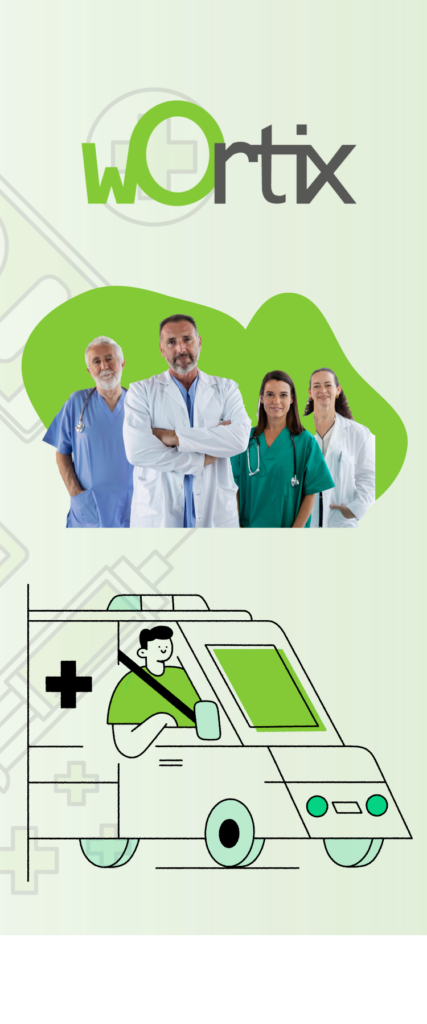How to know if my child has poor vision?
Normally a child should be able to recognize the mother and have a social smile by 6-8 weeks of age. If the child has poor vision in both eyes, then he/she may not recognize the mother or may not respond to the visual stimuli. Once the child starts walking, he/she may frequently bump into objects.
If the child has poor vision in only one eye then it may be difficult to notice it. The eye with poor vision may not be aligned properly with the other eye, thus causing a squint (strabismus). The child may also have rhythmic jiggling movements of the eyes (nystagmus).
Sometimes the cause of poor vision may be visible as a whiteness of the cornea or whiteness behind the pupil. In some cases, the eyes of a child with glaucoma may be watering and very sensitive to light.
Poor vision may also be noticed incidentally when the child is being examined by a doctor or during vision screening in the school.
What are the causes of poor vision in a child?
These causes are:
- Refractive error
- Cataract
- Glaucoma
- Squint (strabismus)
- Injury to the eye (sometimes the child may not tell about the injury to parents)
- Diseases of cornea
- Diseases of the retina and optic nerve
- Inherited disorders
- Tumor (Retinoblastoma)
- Other eye abnormalities
What to do if I suspect that my child does not see properly?
As we see, there can be many causes for poor vision in a child. Some of these are very simple and treated easily, while others may be very difficult to manage and sometimes may even be life-threatening. Therefore it is prudent to contact an ophthalmologist at the earliest if you suspect poor vision in your child. He or she will confirm poor vision and then look for the cause of the same. Timely treatment is very crucial in saving the sight and sometimes the life of the child.
How can one determine the vision in a small child who will not cooperate with vision testing?
There are many special tests available that help the doctor in determining the visual acuity of children in all age groups. The ophthalmologist will decide which tests to use and will get an idea of the visual loss and the chances of getting good vision after treatment.
Why is it important to detect poor vision in children?
If the poor vision in a child is not treated early enough, the eye may not develop properly and develop a condition called amblyopia (lazy eye). Therefore, if the eye is treated at a later stage, the eye may not get good vision. It is very important to treat the cause of poor vision, e.g., refractive error, cataract, glaucoma, diseases of the cornea, etc. as early as possible to prevent amblyopia. 6611
Early detection is also very important in the case of a tumor (retinoblastoma), which if detected early, may be treated easily without having to remove the eye. If it is not detected, then it may even lead to loss of life.
I have a child with poor vision. Can my other children also have some eye problems?
The chances of other children getting affected depend upon the cause of poor vision. Many of these conditions may be hereditary and may require examination of other siblings of the child. Also in hereditary diseases, genetic counseling may be done to the parents if they plan to have another baby in the future.















